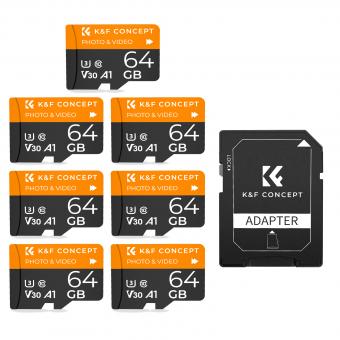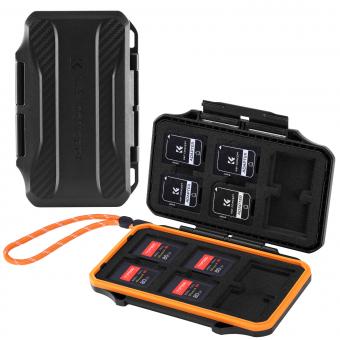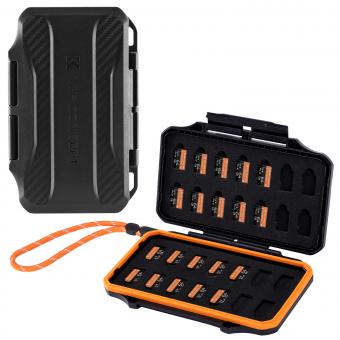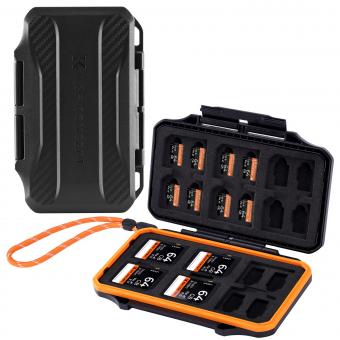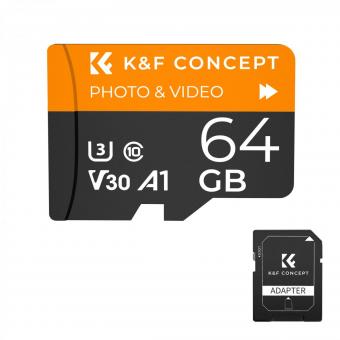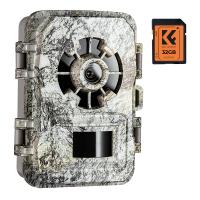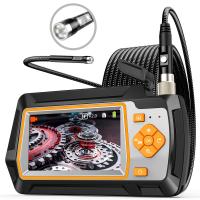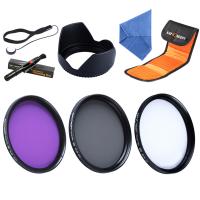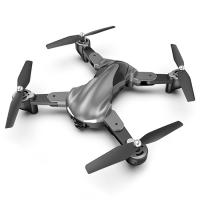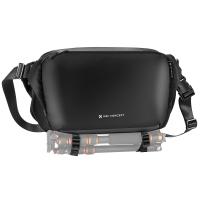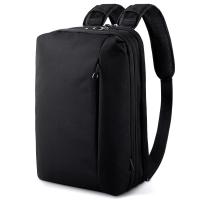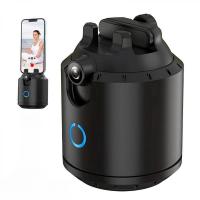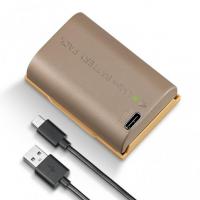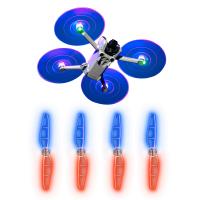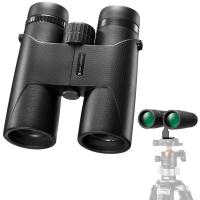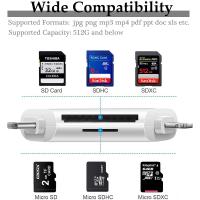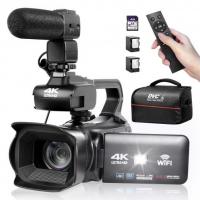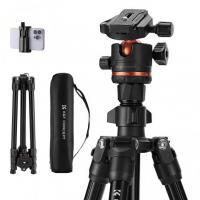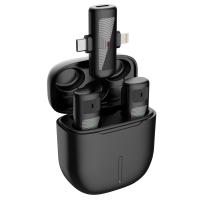How Do You Mount Your Sd Card?
Mounting an SD card is a common task that many people encounter, whether they are using it for additional storage on a smartphone, transferring files on a computer, or using it in a camera. Despite its simplicity, the process can sometimes be confusing, especially for those who are not tech-savvy. This article aims to provide a comprehensive guide on how to mount your SD card across various devices, addressing common issues and offering practical solutions.
Understanding the Basics
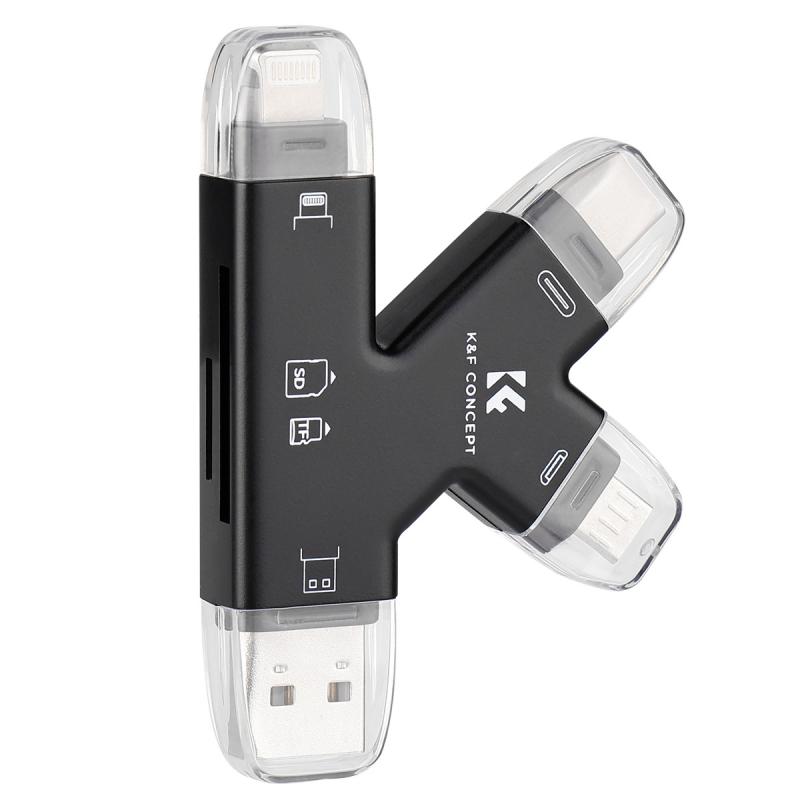
Before diving into the step-by-step instructions, it's essential to understand what "mounting" an SD card means. When you mount an SD card, you are essentially making it accessible to your device's operating system so that you can read and write data to it. This process is crucial for the device to recognize the SD card and allow you to use it for storage or file transfer.
Mounting an SD Card on a Smartphone
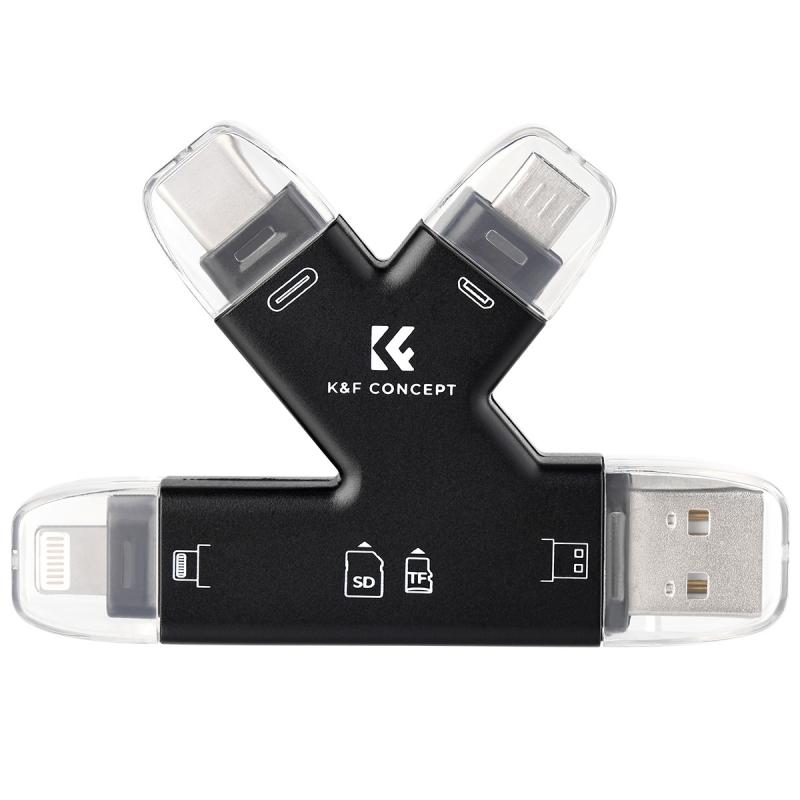
For Android Devices
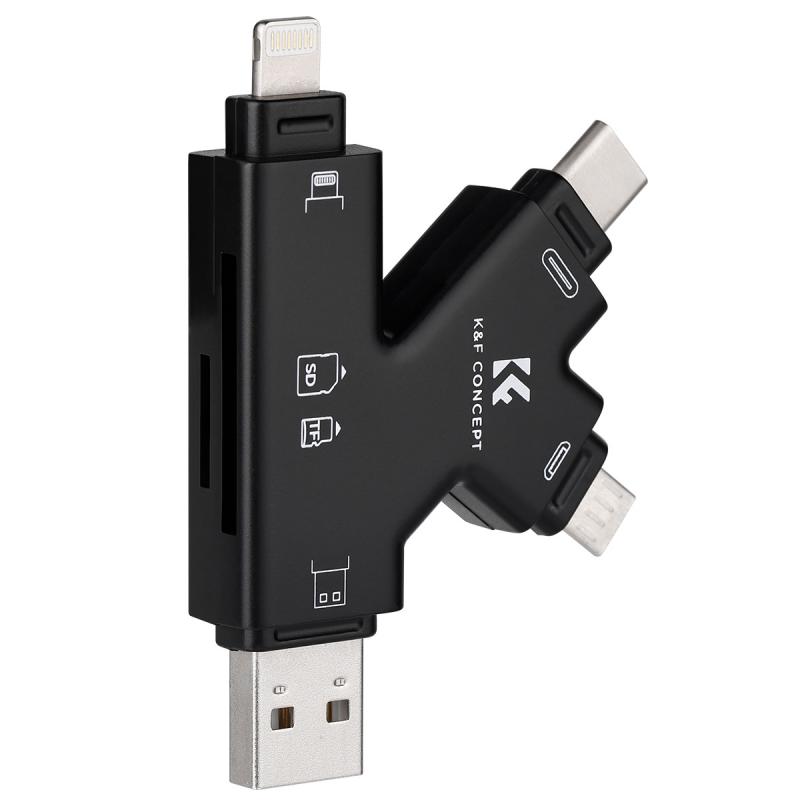
1. Insert the SD Card: Locate the SD card slot on your Android device. This is usually found in the SIM card tray or a dedicated slot. Insert the SD card carefully.
2. Access Settings: Open the 'Settings' app on your device.
3. Storage Options: Navigate to 'Storage' or 'Storage & USB' depending on your device model.
4. Mount the SD Card: You should see an option for your SD card under 'Portable Storage' or 'SD Card'. Tap on it and select 'Mount'. Your device will now recognize the SD card, and you can start using it.
For iOS Devices
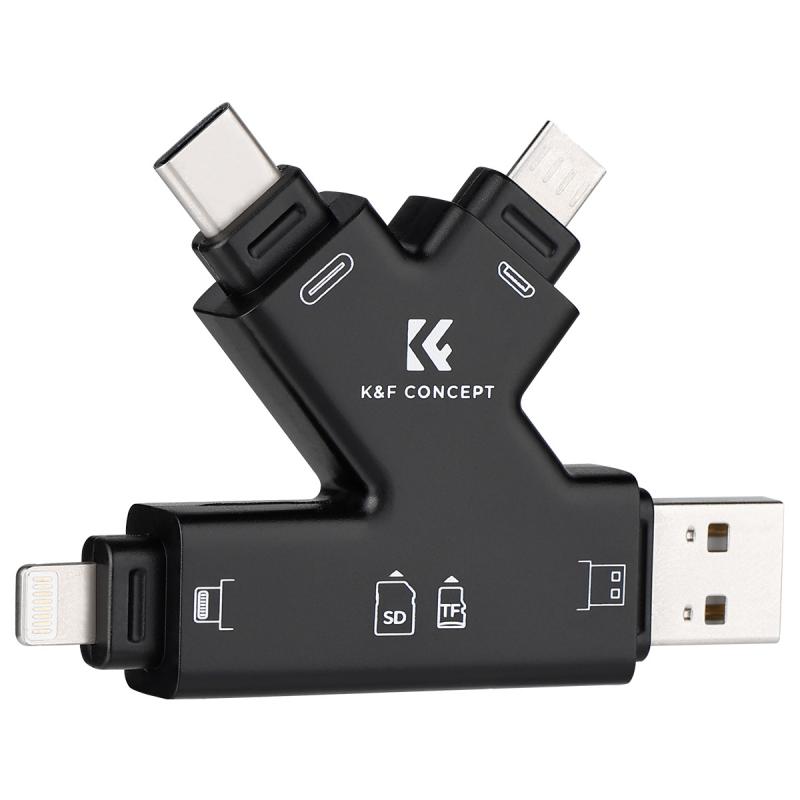
iOS devices do not support external SD cards directly. However, you can use third-party accessories like SD card readers that connect via the Lightning port. Once connected, you can use apps like 'Files' to access the data on the SD card.
Mounting an SD Card on a Computer
For Windows
1. Insert the SD Card: Insert the SD card into the SD card slot on your computer. If your computer does not have an SD card slot, you can use an external SD card reader.
2. Open File Explorer: Press `Win + E` to open File Explorer.
3. Locate the SD Card: In the left-hand pane, you should see your SD card listed under 'This PC' or 'Devices and Drives'.
4. Access the SD Card: Click on the SD card to access its contents. If the card does not appear, you may need to assign it a drive letter. Right-click on 'This PC', select 'Manage', then go to 'Disk Management'. Find your SD card, right-click on it, and select 'Change Drive Letter and Paths'.
For macOS
1. Insert the SD Card: Insert the SD card into the SD card slot on your Mac. If your Mac does not have an SD card slot, you can use an external SD card reader.
2. Open Finder: Click on the Finder icon in the Dock.
3. Locate the SD Card: In the left-hand sidebar, you should see your SD card listed under 'Devices'.
4. Access the SD Card: Click on the SD card to access its contents. If the card does not appear, open 'Disk Utility' from the 'Applications' > 'Utilities' folder. Find your SD card in the list and click 'Mount'.
Mounting an SD Card on a Camera
1. Turn Off the Camera: Always turn off your camera before inserting or removing an SD card to avoid data corruption.
2. Insert the SD Card: Locate the SD card slot, usually found in the battery compartment or a dedicated slot. Insert the SD card carefully.
3. Turn On the Camera: Power on your camera. Most cameras will automatically recognize the SD card and prompt you to format it if necessary.
4. Format the SD Card: If prompted, follow the on-screen instructions to format the SD card. This will erase all data on the card, so make sure to back up any important files first.
Troubleshooting Common Issues
SD Card Not Recognized
- Check Compatibility: Ensure that your SD card is compatible with your device. Some devices only support specific types of SD cards (e.g., SDHC, SDXC).
- Clean the Contacts: Dust and debris can interfere with the connection. Gently clean the gold contacts on the SD card with a soft, dry cloth.
- Update Drivers: For computers, make sure that your device drivers are up to date. You can usually find driver updates on the manufacturer's website.
SD Card Read-Only
- Unlock the Card: Some SD cards have a physical lock switch. Make sure it is in the 'unlock' position.
- Check Permissions: On computers, right-click the SD card in File Explorer or Finder, select 'Properties' or 'Get Info', and ensure that you have read and write permissions.
Data Corruption
- Use Reliable Brands: Always use SD cards from reputable brands to minimize the risk of data corruption.
- Safely Eject: Always use the 'Eject' option on your device before removing the SD card to prevent data corruption.
Mounting an SD card is a straightforward process, but it can vary slightly depending on the device you are using. By following the steps outlined in this guide, you should be able to mount your SD card with ease, whether you are using a smartphone, computer, or camera. Always remember to handle your SD card with care, keep it clean, and ensure it is compatible with your device to avoid any issues. If you encounter any problems, refer to the troubleshooting section for practical solutions. With these tips, you can make the most out of your SD card and enjoy seamless storage and file transfer capabilities.







